Frankfurt, 04/11/024. Paleoanthropologist Prof. Dr. Gabriele Macho will be awarded an ERC Advanced Grant by the European Research Council (ERC).
Tag: Human Evolution
How did humans learn to walk? New evolutionary study offers an earful
The inner ear of a 6-million-year-old fossil ape reveals clues about the evolution of human movement.
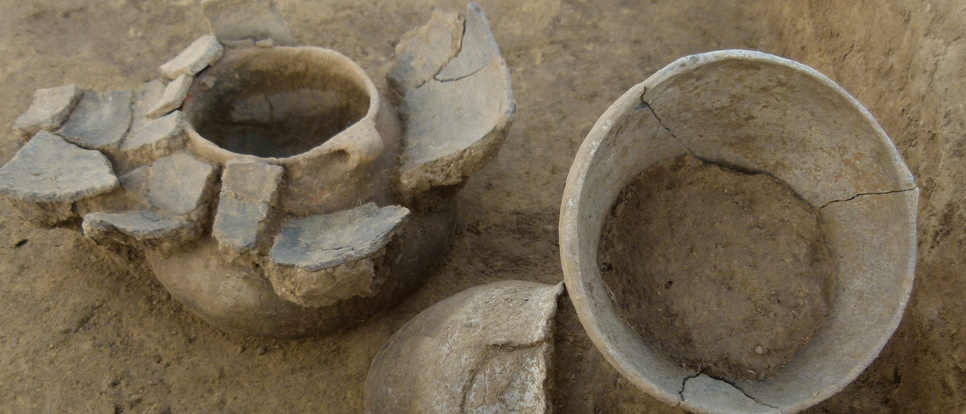
New research links early Europeans’ cultural and genetic development over several thousand years
A new DNA study has nuanced the picture of how different groups intermingled during the European Stone Age, but also how certain groups of people were actually isolated.
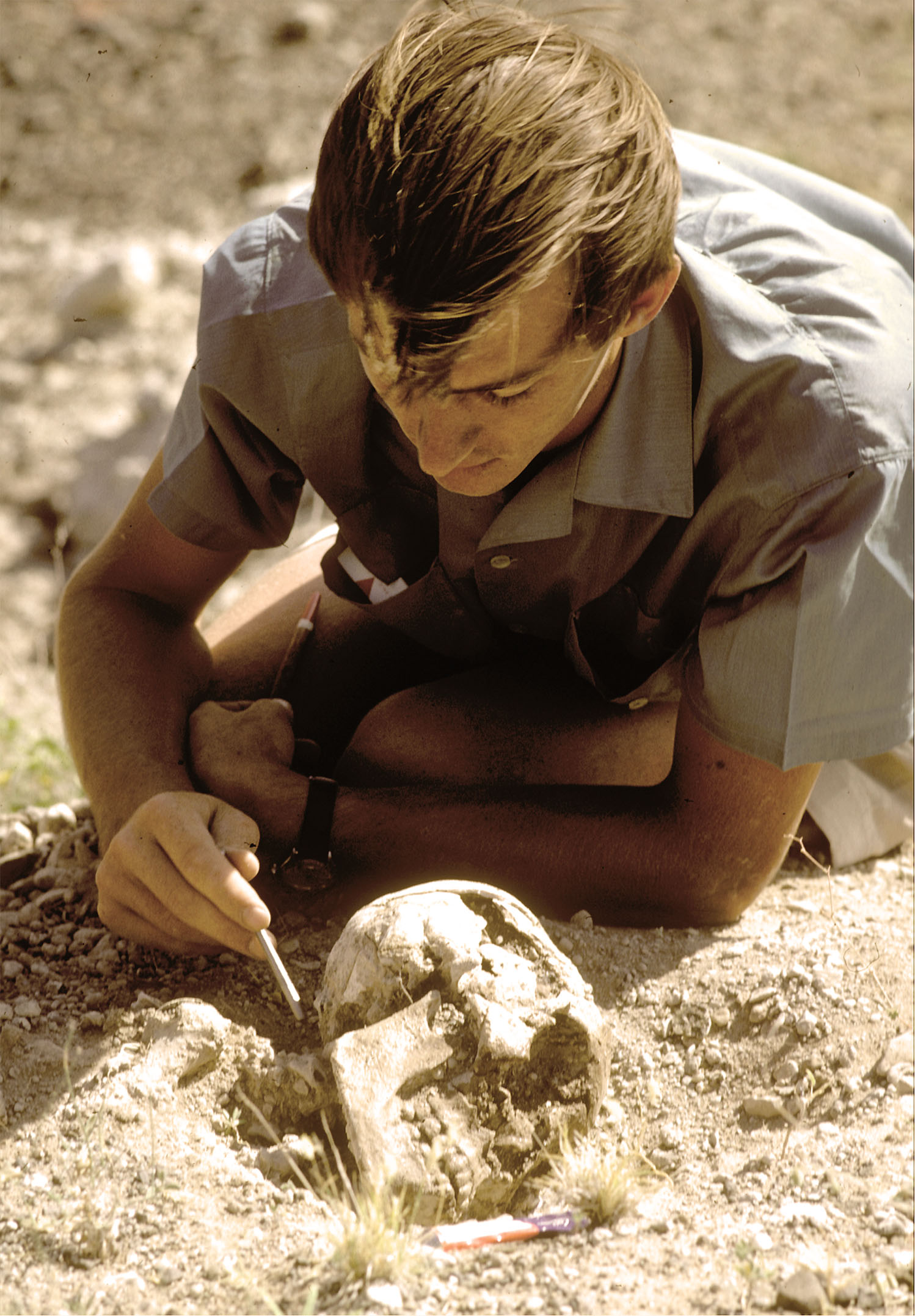
World-Renowned Paleoanthropologist Richard Leakey To Be Honored at Week-Long Conference at Stony Brook University
Stony Brook University will honor the life and legacy of eminent paleoanthropologist, conservationist and politician Richard E. Leakey by hosting “Africa: The Human Cradle: An International Conference Paying Tribute to Richard E. Leakey” from June 5 – 9, 2023 at the university’s Charles B. Wang Center. The Turkana Basin Institute (TBI) and Stony Brook are hosting the conference, in partnership with the National Geographic Society. Thought leaders from around the world will celebrate the immeasurable, life-long contributions by Leakey to furthering the appreciation of Africa’s centrality in the narrative of human evolution.
ProSocial World: How the principles of evolution can create lasting global change
Knowing how cultural evolution happens also means we can harness it for the larger good, creating a more just and sustainable world, according to a new article from a research team including faculty at Binghamton University, State University of New York.
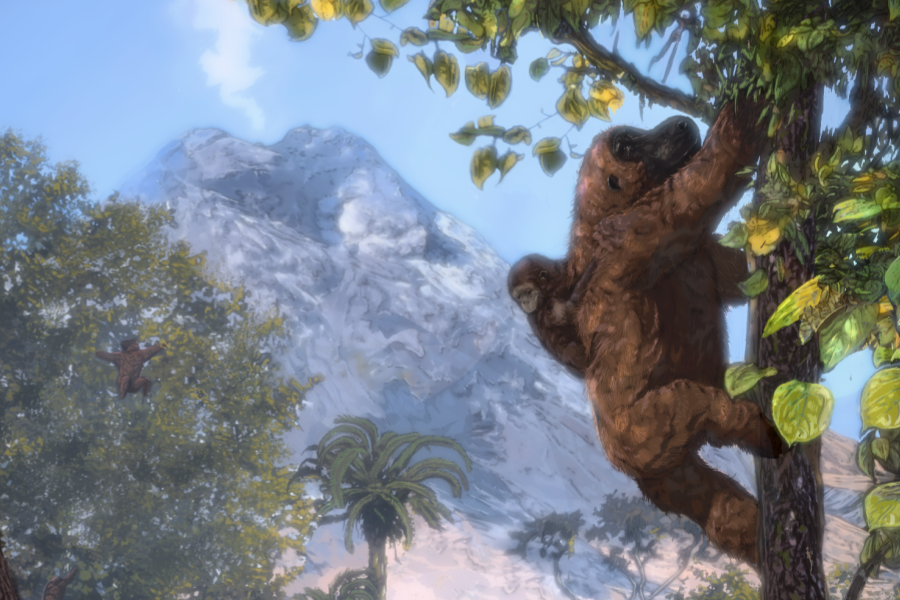
New studies push back evidence for open habitats in Africa by more than 10 million years
The story of human evolution has long been a tale of a forested Africa that gradually became drier, giving rise to open grasslands and causing our forest-loving ape ancestors to abandon the trees and become bipedal. Even though ecological and fossil evidence suggested this narrative was too simplistic, the theory remains prominent in many evolutionary scenarios.
New studies push back evidence for open habitats in Africa by more than 10 million years
Using rigorous and detailed collection methods, a University of Minnesota Twin Cities-led research team was able to place the remains of fossil apes, such as Morotopithecus, within detailed habitat reconstructions.
How the last 12,000 years have shaped what humans are today
While humans have been evolving for millions of years, the past 12,000 years have been among the most dynamic and impactful for the way we live today, according to an anthropologist who organized a special journal feature on the topic. Our modern world all started with the advent of agriculture, said Clark Spencer Larsen, professor of anthropology.
Did Gonorrhea Give Us Grandparents?
UC San Diego researchers tracked the evolution of a gene variant that supports cognitive health in older humans, but may have first emerged to protect against bacteria.
Fossils in the ‘Cradle of Humankind’ May Be More Than a Million Years Older Than Previously Thought
The earth doesn’t give up its secrets easily – not even in the “Cradle of Humankind” in South Africa, where a wealth of fossils relating to human evolution have been found.
Human whistled languages may offer model for how to study dolphin communication
Whistling while you work isn’t just a distraction for some people.
New fossil discovery from Israel points to complicated evolutionary process
Analysis of recently discovered fossils found in Israel suggest that interactions between different human species were more complex than previously believed, according to a team of researchers including Binghamton University anthropology professor Rolf Quam.
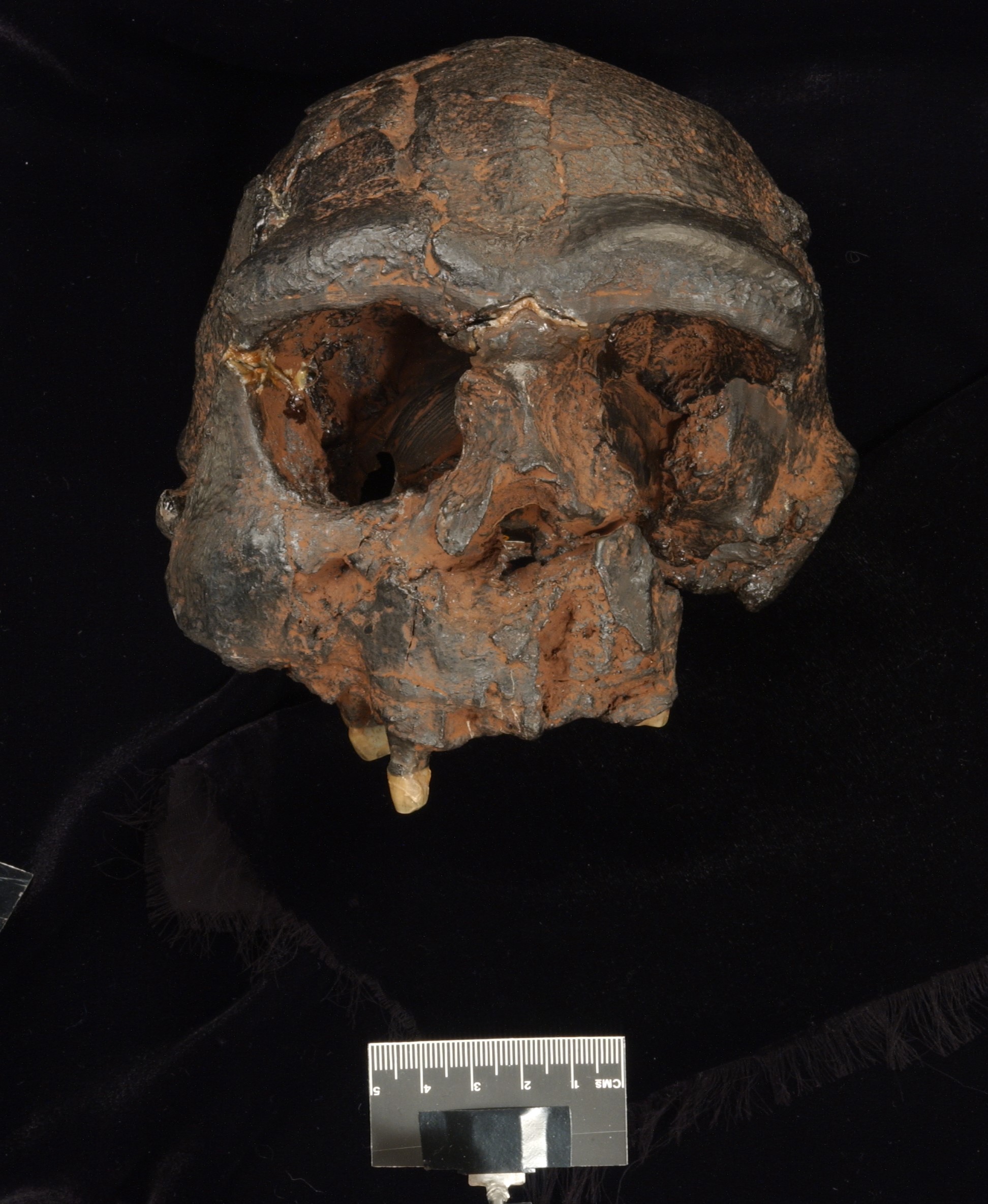
New evidence in search for the mysterious Denisovans
An international group of researchers led by the University of Adelaide has conducted a comprehensive genetic analysis and found no evidence of interbreeding between modern humans and the ancient humans known from fossil records in Island Southeast Asia. They did find further DNA evidence of our mysterious ancient cousins, the Denisovans, which could mean there are major discoveries to come in the region.
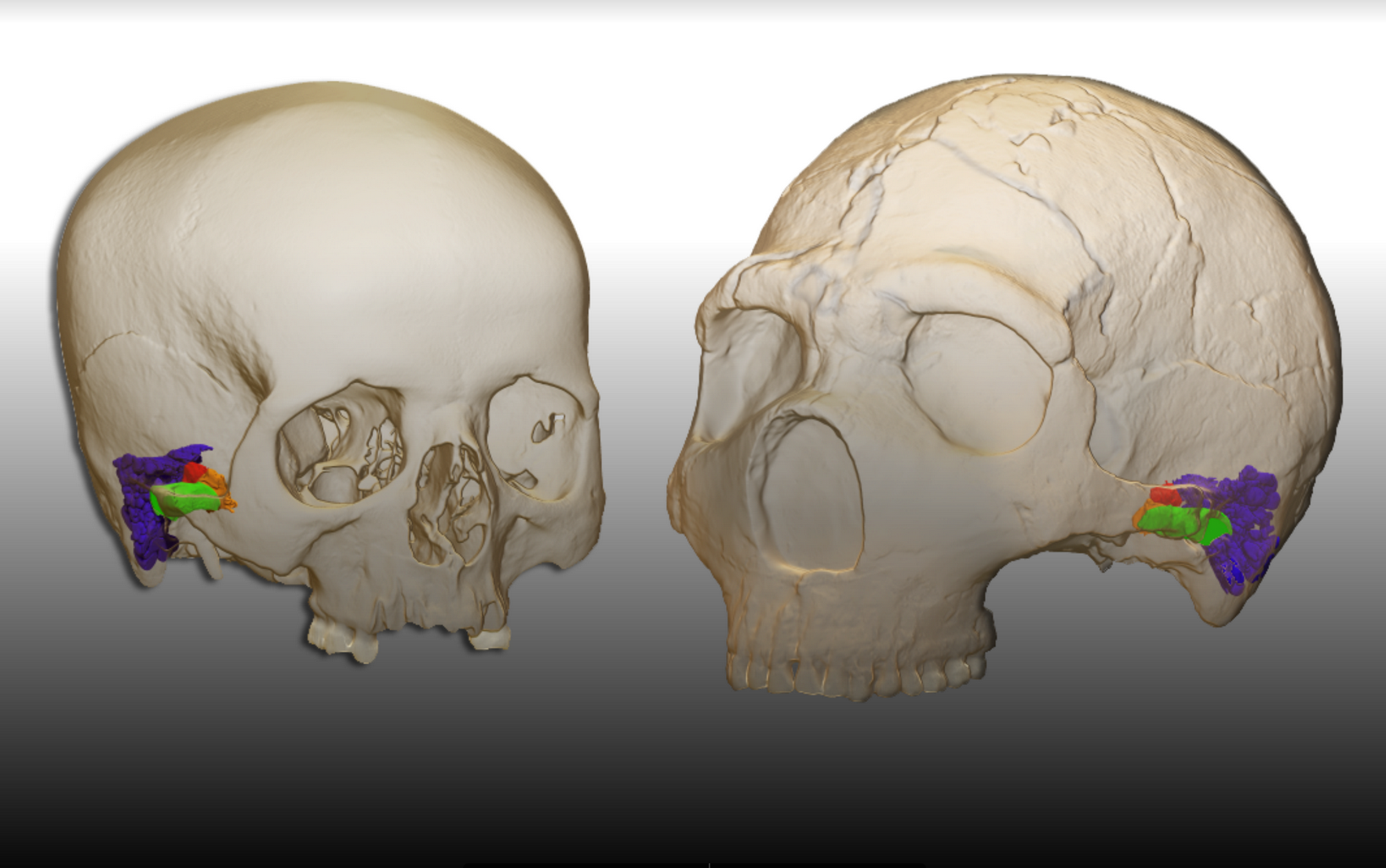
Neandertals had the capacity to perceive and produce human speech
Neandertals — the closest ancestor to modern humans — possessed the ability to perceive and produce human speech, according to a new study published by an international multidisciplinary team of researchers including Binghamton University anthropology professor Rolf Quam and graduate student Alex Velez.
Human pregnancy is weird. A new study adds to the mystery
University at Buffalo and University of Chicago scientists set out to investigate the evolution of a gene that helps women stay pregnant: the progesterone receptor gene. The results come from an analysis of the DNA of 115 mammalian species.
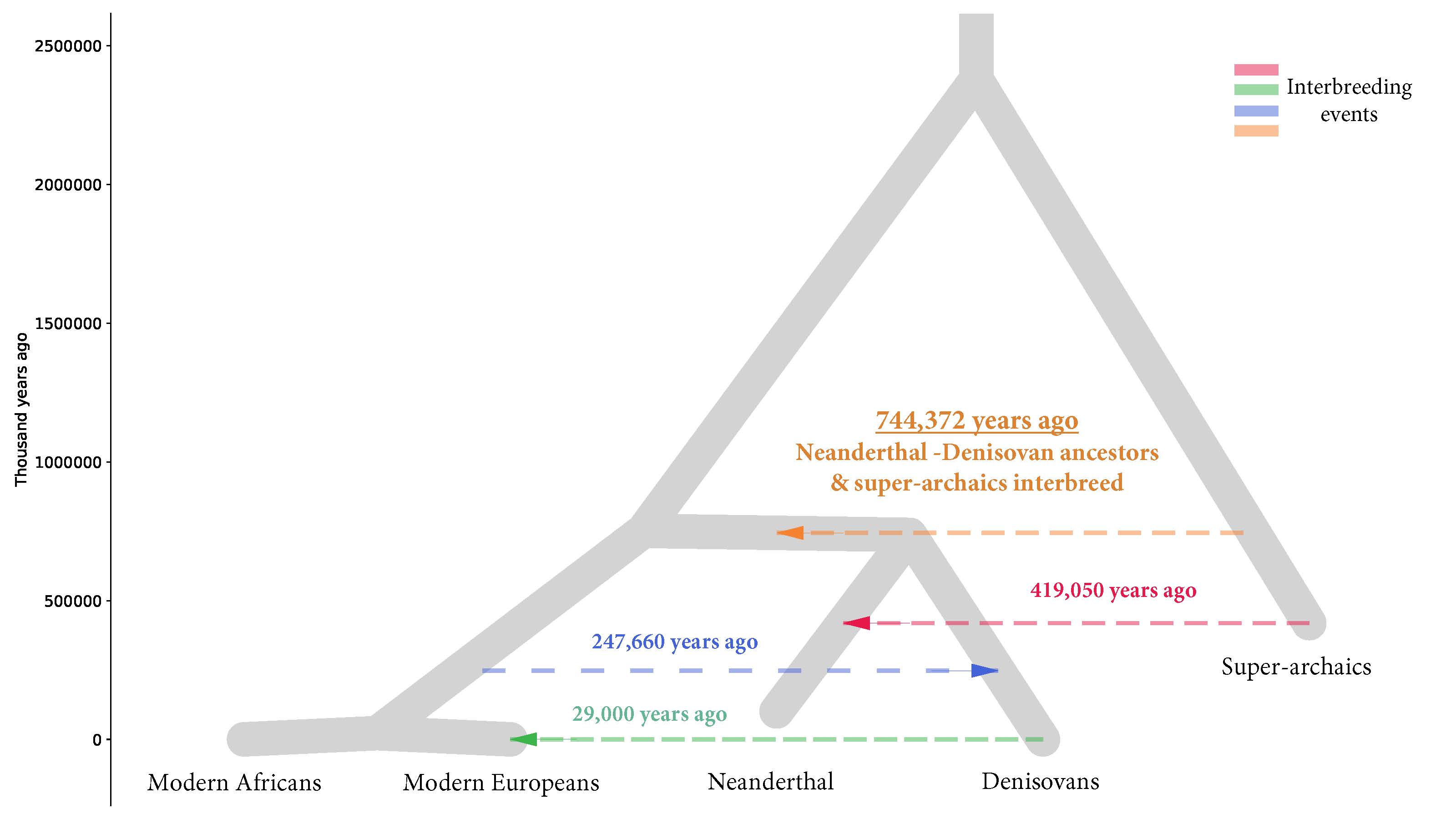
Earliest interbreeding event between ancient human populations discovered
The study documented the earliest known interbreeding event between ancient human populations— a group known as the “super-archaics” in Eurasia interbred with a Neanderthal-Denisovan ancestor about 700,000 years ago. The event was between two populations more distantly related than any other recorded.

Why males pack a powerful punch
Elk have antlers. Rams have horns. In the animal kingdom, males develop specialized weapons for competition when winning a fight is critical. Humans do too, according to new research from the University of Utah. Males’ upper bodies are built for more powerful punches than females’, says the study, published in the Journal of Experimental Biology, suggesting that fighting may have long been a part of our evolutionary history.